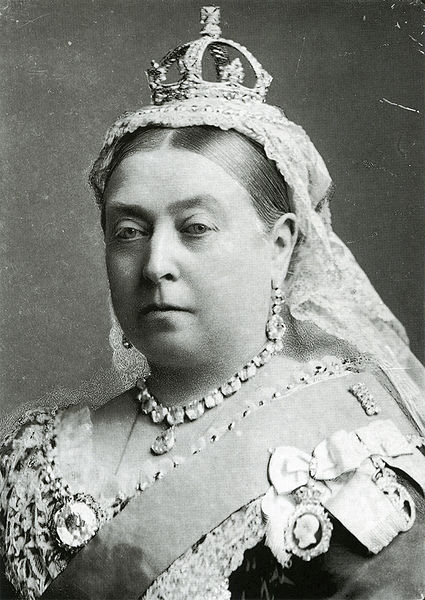Queen Victoria and many of her descendants carried what was once called the "royal disease" known today as hemophilia, a disorder of the blood clotting process. A study published in Science sheds some light on the mystery

Queen Victoria and many of her descendants carried what was once called the "royal disease" known today as hemophilia, a disorder of the blood clotting process. study published in Science sheds some light on the mystery thanks to advances in genetic research and the 2007 discovery of several distant relatives in Russia. As it turns out, the family suffered from a very rare type of hemophilia.
Hemophilia is caused by a mutation, a change in the DNA sequence. In Victoria's case, it is probably a spontaneous mutation, meaning she was the first carrier. The mutation occurred on the X chromosome and was recessive, meaning that if there is another normal copy of the gene, we will not notice the disease. But if there is only a defective copy, then a sick person will be admitted. This is bad news for men, since they only have one X chromosome. A man who inherited from his mother a chromosome with a defective gene will inevitably be sick. In women, on the other hand, it is rarer to find the disease since they have two X chromosomes. In order for a woman to be sick, she has to inherit a defective gene from both of her parents. That means her father must necessarily be sick. This form of inheritance leads to the defective gene being passed on mainly through the maternal line, the affected men suffer from poor health and may easily die from bleeding. All this, of course, in the period before modern medicine, which found several ways to make patients' lives easier.
Victoria's daughters and granddaughters married into other royal houses in Europe and thus the disease also affected the royal houses of Russia, Spain and Germany. Based on stories, they assumed that it was hemophilia, but there was no proof of this. Hemophilia is prevented by proteins called fibrin from forming a scab on a wound or blocking internal bleeding. Even small injuries can lead to bleeding that lasts for days and weeks and can be fatal. Thus, any small hemorrhage that in a normal person might not be visible at all, in hemophiliacs will color the entire area blue, hence the nickname "blue blood" for members of the royal dynasty.
But did the royals really suffer from hemophilia? Or is it a different disease? In 1991, the bodies of the Romanov family, the Russian royal family, were discovered in the Ural Mountains in Russia. The discovery of their bodies solved the mystery of the family's fate, which, as it turned out, was executed in 1918 during the Bolshevik Revolution. Two family members who were missing, Crown Prince Alexei and his sister Maria, were discovered in 2007 not far from the site where the rest of the family was found. The discovery of the murder solved one riddle of the royal family, but the riddle of the "royal disease" remains. Today, the mutation is extinct in the European royal dynasties, so the puzzle remains open. For all that is known, the last carrier of the royal mutation was Prince Waldemar of Prussia who died in 1945.
Using new technologies in genetics of sequencing (finding the sequence of letters that make up the genome) and amplification (creating many copies of the desired segment), the researchers were able to upload gene sequences from the 91-year-old samples. They found a mutation characteristic of type B hemophilia caused by a problem in clotting factor number 9. The clotting process consists of several steps and a defect in each step may lead to a problem with blood clotting and the disease hemophilia. The more common type of hemophilia, type A, is caused by a problem with coagulation factor number 8. The researchers were able to find the mutation in Crown Prince Alexei, who according to previous descriptions did indeed have the disease, in his sister Anastasia and in their mother Alexandra. Thus, in fact, they solved the riddle of the "royal disease".

One response
Has anyone notified the families?